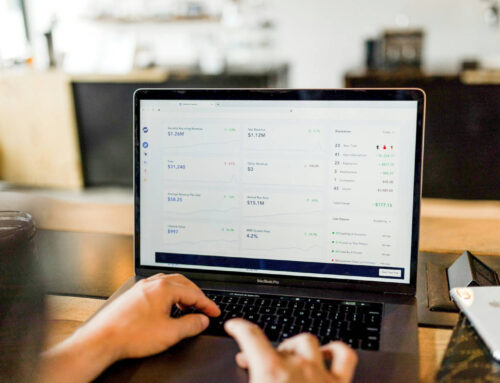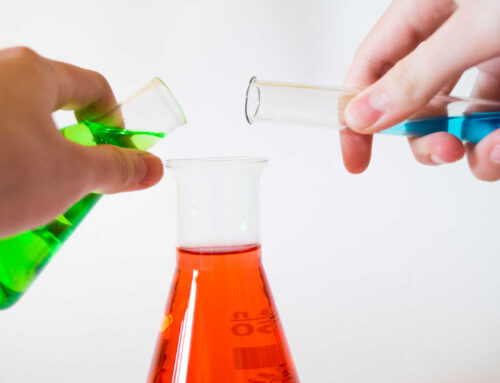For marketers looking to reach a specific audience quickly, few methods can achieve results like paid advertising. By the year 2023, video ad spending on social networks in the U.S. is projected to surpass $28 billion, according to HootSuite. Platforms like Facebook, Instagram, and YouTube are considered supremely valuable by corporate marketers looking to quickly get in front of the right people – even if they haven’t addressed that audience previously. Paid ads have also been a boon for small local businesses, targeting their campaigns only within a given geographic region.
However, marketers have seen the price of ads on major social platforms – particularly Facebook and Instagram – increase in recent years. Part of this is a result of the pandemic of 2020, which caused an initial reduction in paid media prices due to reduced spending that later corrected after advertisers realized the new importance of digital reach. Additional pressure on Facebook ads has come as a result of high-profile moves by Apple to restrict tracking and cookies on its devices, a shift popular with many consumers but problematic for advertisers and their networks. Executives at Meta said Apple’s privacy changes alone could cost the company $10 billion in revenue.
The increased competitiveness in the world of paid ads is why it’s more important than ever before to maximize return on ad spend (ROAS). We’ll cover some tips to optimize your paid media lead generation campaigns in this post.
Evaluate the Conversion Experience First
When looking to improve the performance of their paid ads, many marketers make the mistake of bringing in more leads. But in many cases, a higher quantity of traffic doesn’t always translate to a higher quantity of leads. Even if it does, that doesn’t always mean the leads will be of good quality.
Before you dump more ad money into reaching a wider audience, consider the elements of the conversion experience at every step of the campaign. This includes:
- Form fields
- Button design and placement
- Form and button copy
- Multimedia elements
- Social proof
Even the smallest tweak might have an unexpectedly large impact on your conversion rate. Remember to perform proper A/B testing on each of these elements so that you can use accurate and relevant data to understand what your audience wants.
Before you dump more ad money into reaching a wider audience, consider the elements of the conversion experience at every step of the campaign. Share on XUse Closed-Loop Analytics
Another common mistake we see made by marketers is evaluating prospects’ actions in a vacuum. They think only about how someone engages with one specific set of social media or video advertisements. The problem with this approach is it ignores all of the other behaviors in different parts of their customer journey. This data is ripe to be used in the creation of more effective marketing. Gaining a full picture of prospect behavior is especially important in the B2B space, where buyers have many different agendas and priorities to consider as they evaluate purchasing options.
To avoid this shallow view of the prospect, it’s important to “close the loop” with your marketing. That means you should integrate all the tools you use in your marketing to share data – even if they aren’t directly involved in the campaign where this data is being applied.
We believe Google Analytics is one of the most powerful tools for digital marketing because of its universal nature. It may not be as sophisticated as newer tools, but it’s compatible with so many different kinds of marketing tech that it can be a valuable foundation for your stack. It’s also reliable – there’s no concern about the company folding overnight and leaving clients high and dry.
For best results, consider going beyond just linking Google Analytics to your marketing tools and connecting everything you possibly can, from your eCommerce platforms to your CRM, your website CMS, and other tools. It won’t be possible to integrate everything, but the more data you can share, the better you’ll be able to calibrate paid media and other marketing campaigns.
Remember, closing the loop isn’t always just about data. Bringing together your sales and marketing teams to compare notes on what does and doesn’t work is a great way to ensure that your company’s approach to business development isn’t being harmed by the “silo” effect – where different departments don’t communicate. The collective efforts of sales and marketing teams looking to improve the selling process are sometimes referred to as sales enablement. For more on sales enablement, check out this helpful guide from HubSpot.
Test Ad Creative
One of the final considerations for maximizing your paid media spend is ad creative. We typically advise our clients to consider other elements of their campaigns first, especially if the creative in question has been successful in the past. But if you’ve looked elsewhere and felt that the ad could use a refresh, changing its visual elements and text may be a wise choice.
The ad’s creative elements are particularly easy to evaluate through A/B testing. It’s relatively simple to break down the ad into different components, change each one, and see which one offers the most impact. The typical elements of a paid ad include a main image, some ad copy, a headline, and a call-to-action button. Check out the below example from Shopify:
In this example, elements you might evaluate through A/B testing include the text (currently describing Google algorithm updates), the button CTA, the image, and the title next to the button. Isolating each of these elements could help you determine which version works the best. Until you’ve run experiments on each different part of the ad, it’s impossible to tell what needs to be improved and what should stay the same for optimal performance. You may not need to perform testing this extensively for every ad in your campaign, but it can help troubleshoot those that fail to perform or see performance levels drop off significantly.
Final Thoughts on Optimizing Paid Media in 2022
One of the big challenges of paid advertising for B2B companies is the nature of the transaction. Business purchases tend to be larger, more complex, and take more time to evaluate than a consumer buying something for personal use at home. B2B buyers often don’t have sole authority the way consumers do, and many are naturally suspicious of companies that use traditional sales tactics or ad campaigns with promises that seem too good to be true.
That doesn’t mean paid ad campaigns can’t be effective for B2B marketers, though. You can still attract people to your brand by promoting informative content assets or other tools that provide actual value to your audience. The advertising landscape is more competitive than ever before, which is why it’s vital to maximize the dollars invested into paid placements. By fine-tuning your conversion experience, sharing data, and thoroughly A/B testing, you can give your business a much better chance at using paid media to bring in leads that will drive the continued growth of the organization.







